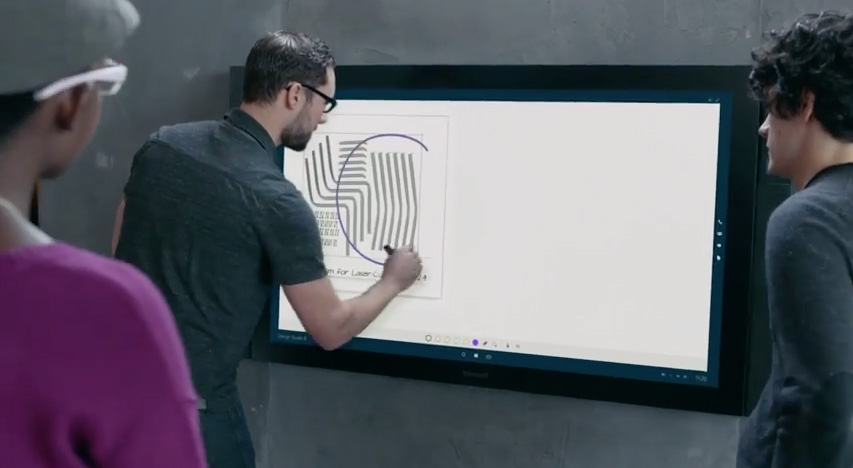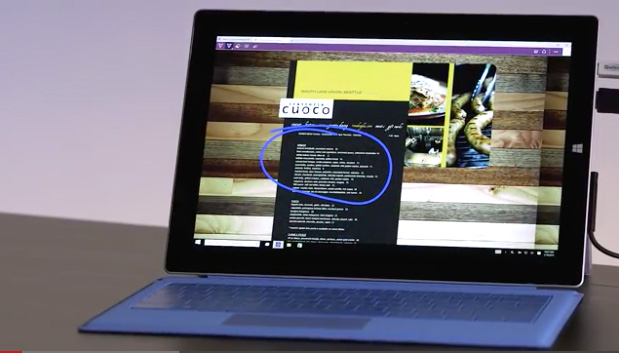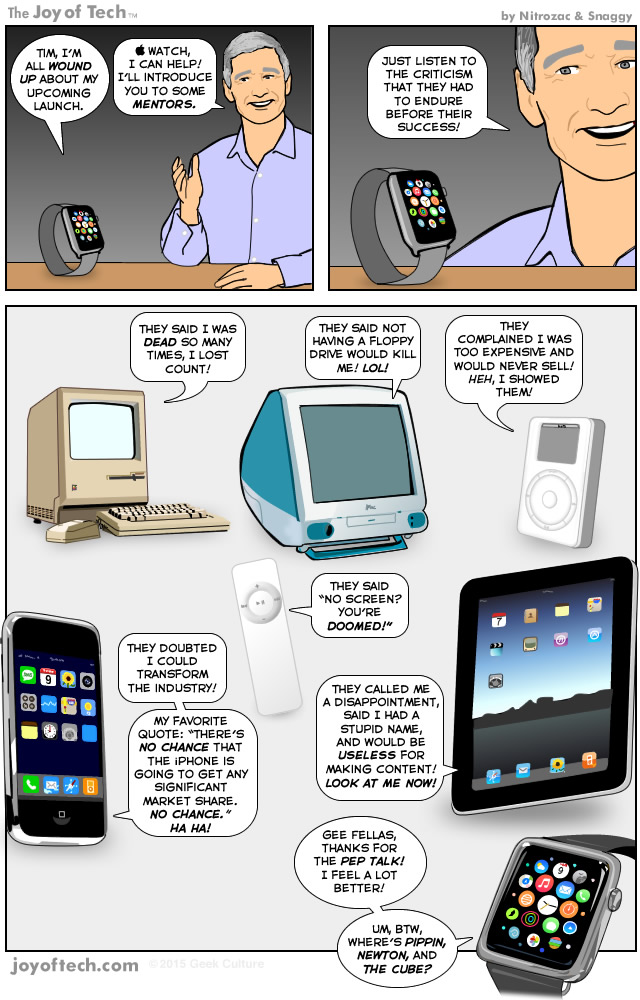Microsoft is still trying to make Windows Phone relevant:
According to The Information, Microsoft this week will show off “a single code base inside the software that will allow an app to run well on phones, tablets and PCs, as opposed to being optimized for one screen size.” This is a big deal because while Windows Phone doesn’t have a strong app developer base, the desktop version of Windows absolutely does. So in theory, anyone who makes software and applications for Windows should soon be able to make Windows Phone apps with ease.
Microsoft reminds me of the smart student in college who misses the deadline for the thesis paper, but manages to get it in late, accepting the grade deductions and has tons of typos and continuity errors. They eventually turn in a solid paper over the summer, but by then it’s too late. This cycle continues into the next semester as Microsoft brags about the amazing but late paper they wrote but everyone has moved on to new classes. No one cares.
Analogy translation: Microsoft joined the smartphone competition over 3 years after the iPhone and Android were announced. They keep refining and fixing things on their platform, but everyone else has moved on so they’re stuck in a perpetual state of catch-up.
Apple announces the iPhone in 2007 …three years later Microsoft announces Windows Phone
Apple announces the iPad in 2010 …two years later Microsoft announces the Surface
Apple announces the Apple Watch in September 2014 …and Microsoft announces the Microsoft Band a month later.
People used to buy Windows computers because everyone used Windows at the office. This is no longer the case. More often then not, the reverse cycle has been happening in the last decade: people decide to get a Macbook or iMac for work because they use iPhones and iPads at home.
Microsoft needs to throw in the towel on consumer electronics. Focus on enterprise. It’s over.




